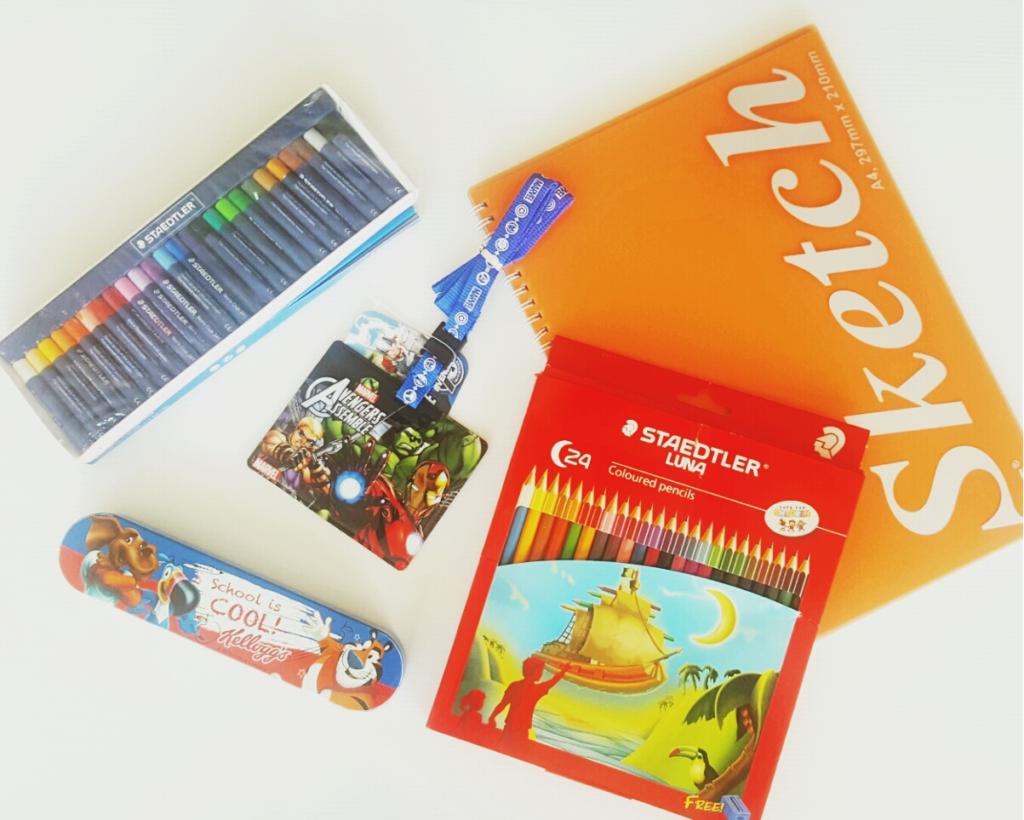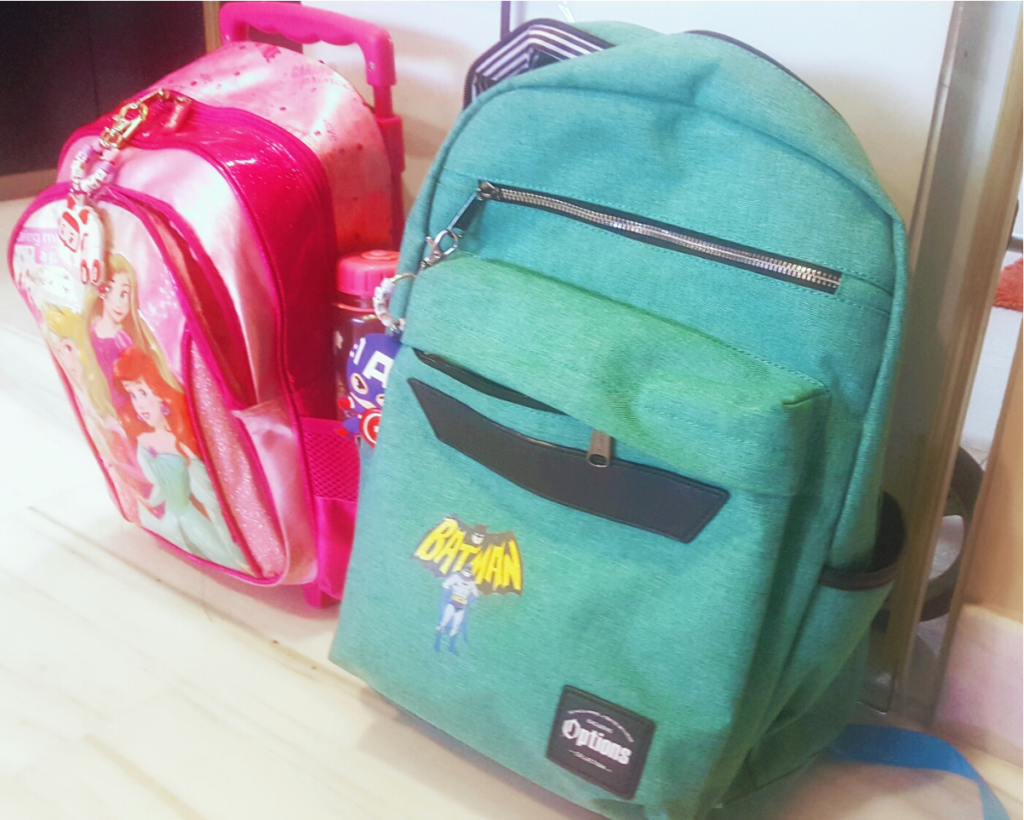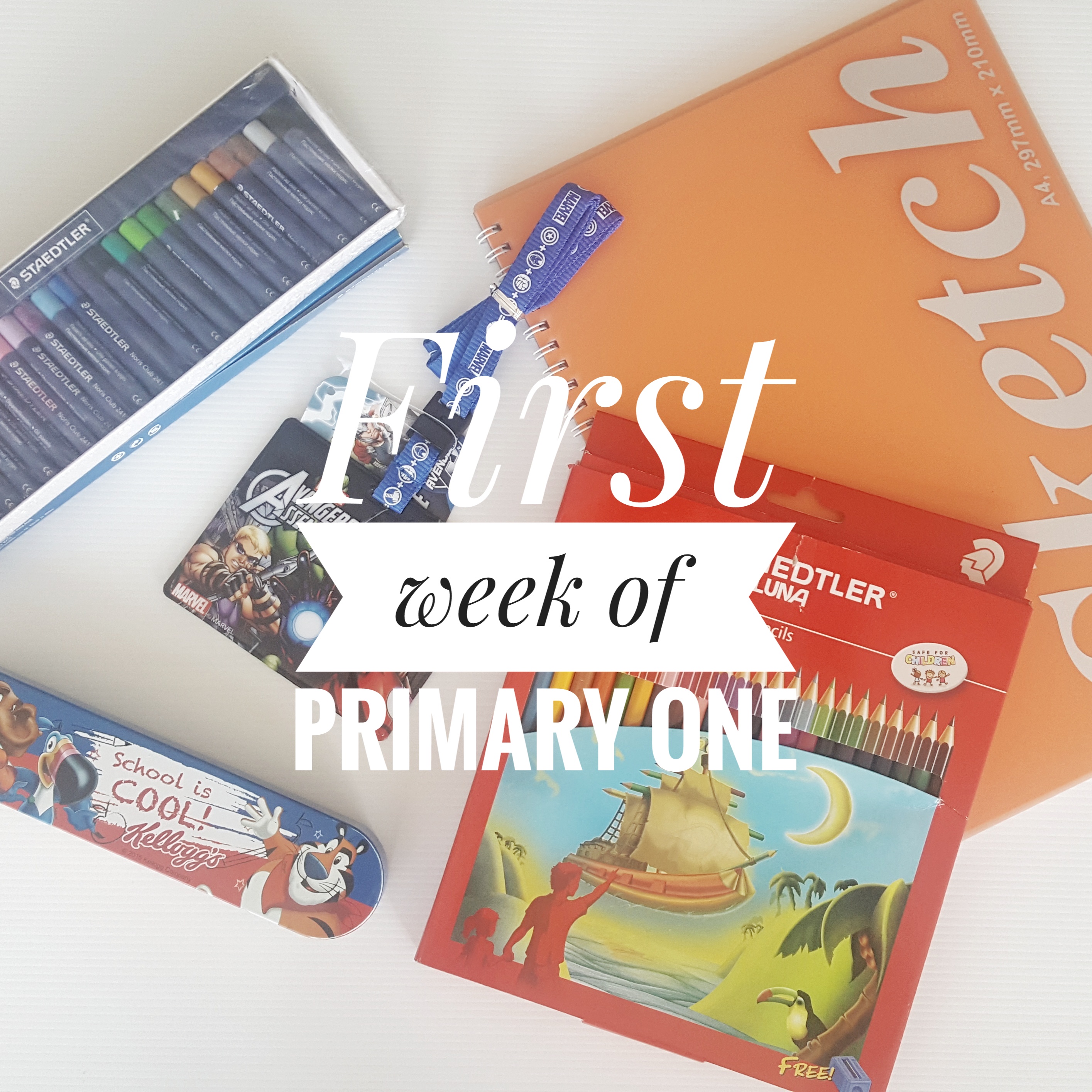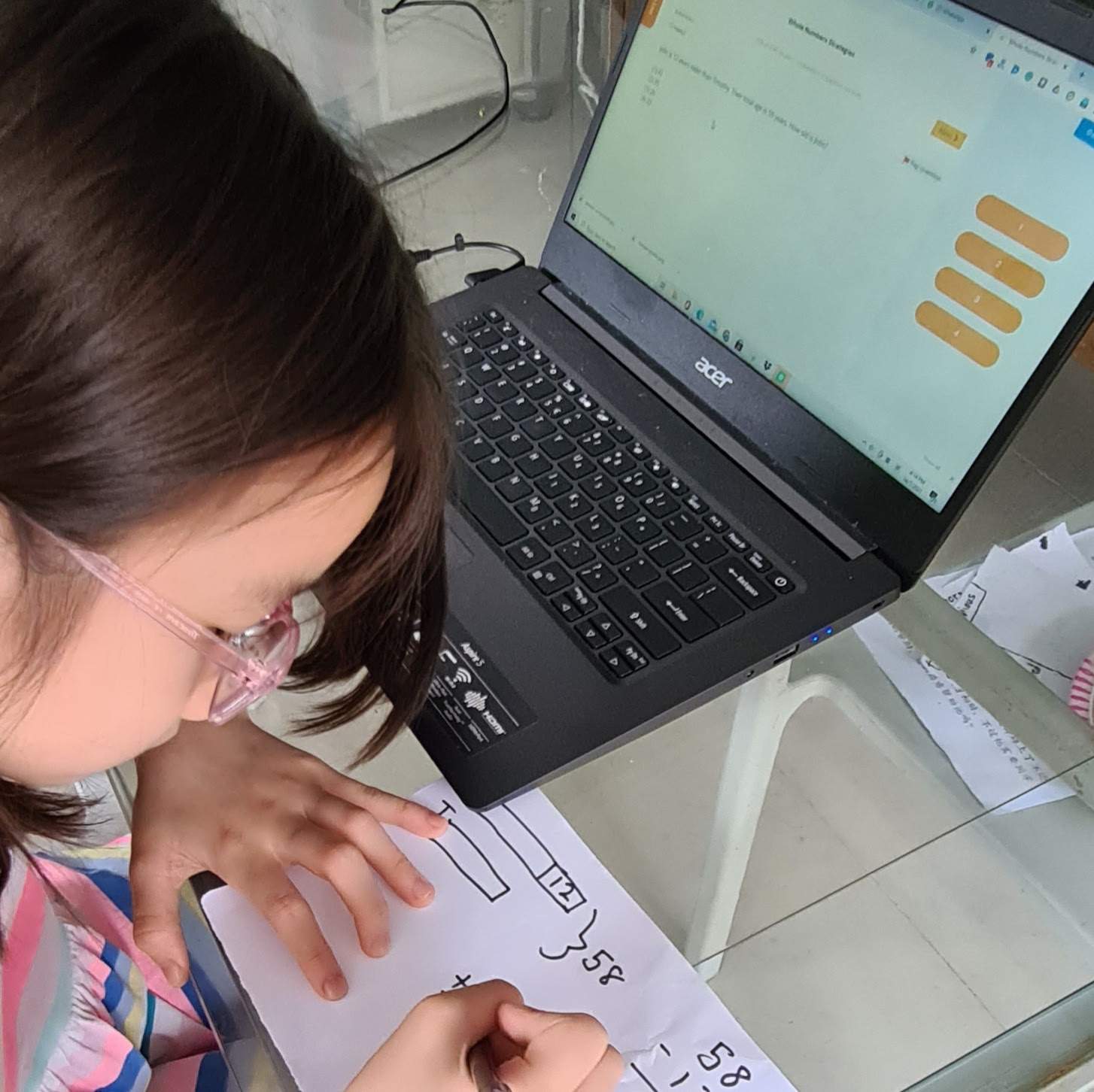It was the first week of school, a new experience for us and our P1 boy. All primary schools will switch to a single session, ideally by 2016 and ours managed to complete the switch by 2015.
Check out my post here on what my kids learned academically in P1 and how we prepared them during their preschool days.
Before school starts.
I think MOE and our primary school has done a great job preparing us for the first week of school. As mentioned in my earlier post, we went for the Primary 1 (P1) orientation program in November. We were provided with an information package which included MOE’s broad vision for primary school education, PAL and HA, as well as the administrative matters to look out for when school starts.
This information package essentially became our bible. It includes crucial information such as (i) timings for start of school, recess, snack time and end of day, (ii) school bus information (iii) things to bring during the first week and (iv) the recess time buddy system for the P1s. The school also subsequently mailed each child their name tag to wear for the first month of school. Information on the tag includes the name of the student and his class number, name of the child’s parent and his/her contact number, and school bus number. All these arrangements have helped to reduce the parents’ uncertainty and anxiety.

Our experience as parents on Day One.
School started later at 8.30 am on the first day as compared to 7.25 am usually. The later timing gives the school the necessary time and space to organise the P1 students and their parents in the assembly hall.
The P1s were gathered in accordance with their class number while the parents were encouraged to sit on the other side of the hall. By 8.50 am, the students were whisked off to their classrooms, and the school principal began her Round 2 Speech to the P1 parents. Round 1 was held during the November orientation program.
Contents of her speech were mostly similar to her earlier one, just more concise. It revolved around education as a means to an end, rather than a close-ended path which will determine the child’s fate for the rest of his/her life.
The principal ended her speech by 9.40am to allow the parents to witness their children’s recess and classroom experience for the next hour.
At 10.40 am, the parents are gathered for another hour plus session organised by the Parent Volunteer Group (PSG). They invited an external family counsellor to talk about getting the children ready for primary schools. This included prep talks and games to remind parents to balance fun and work, give the children support and space for non-academic growth and foster 2-way communication with their children.
The P1 children ended their classes earlier on the first day at 12.40 pm instead of 1.40 pm. Parents took this opportunity to have a quick chat with their teachers.
Recess and Snack Time
Recess for the P1’s first week is also earlier than usual. This is to give the children room to get used to the new environment. This break time is further broken down into two sessions. Children in the second recess session will remain in their classroom, and their parents were allowed to see them from outside of the classroom.
The canteen for the P1 recess was specially set up with boundaries created to prevent parents from joining their children in the canteen. There is a buddy system in place, and each child would be accompanied led by a P5 student. The older students were responsible for guiding the P1 children to queue up and buy food, wash their hands and go for their toilet break.
While some parents brought food for their children, I decided that we should maximize the buddy system and got my son to buy food every day. By the end of the week, I realized he ate chicken rice every day. Lol….
On usual days, recess starts at 9.40 am and lasts for 30 minutes. Food costs around $1 to $1.50. Large portions (for adults) cost $2. But I thought drinks were rather expensive, with a bottle of Meiji milk and a packet of Milo priced at $1 each. This price tag doesn’t bother me at this juncture as my son brings a bottle of water to school every day.
Snack Time
The next break is a 10-minute snack time at noon. I read some articles and comments on Facebook over the last few days and found complaints of the extended school hours with only one break in between for the children to refresh themselves. This apparently differs from school to school. In our case, there is another 10-min refreshment break given to the students at their desk since the class will end at 1.40 pm. However, no liquid refreshment such as Milo or Milk is allowed.
I have yet to prepare any food for this 10-min break as I worry my boy will consume the food during recess instead. Once he is ready, I may prepare some fruits and sandwich for him. Banana is a good choice.
Waking up
This is a pain point. The bus ride to school takes 15 mins, but my son needs to be at the waiting point by 6.20 am. Assembling time is 7.20 am. This means my child needs to wake up at 5.45 am to prepare for school. I cannot expect a 7-year-old to get ready within 20 mins.
Plus, we need to coax the child. Getting a child up so early means a grouchy child who refuses to go to school. I hear from many parents that even their 9-year-olds have the problem waking up. On the first day, my son asked, “Mummy, why do we have to wake up so early? It is night-time.” When my 6-year old daughter (No.2) woke up later in the morning, she asked, “Mummy, where is ko-ko?” I replied. ” In his new school.” Her response was, “Huh? Ko-ko goes to school at night?”
Before one week before school started, we tried prepping him with his new schooling schedule. We practised sleeping earlier at night, but I couldn’t bear to wake him up at 5.45am one week before school. I also drew out a home schedule for him so that he has a better idea of how things will change. We brought forward dinner time by 1 hour to 6 pm to ensure that the children have sufficient time to digest their food before sleeping at 9 pm. To be consistent, I drew another one for my No.2 too. She loves following her ko-ko around and has adjusted her sleeping time earlier by 1 hour to 9 pm. I am more than happy with her voluntary adjustment.
So anyway, I believe this pain point is here to last for a while.
School Bus
Our primary school has appointed a particular transport company to oversee the students’ transport needs.
The school bus plate numbers were written on the children’s name tag so that the children could be sent up their respective buses in an orderly manner on the first day of school.
Nonetheless, I reckon it was a nightmare for the bus operator during the first week. They had to familiarise themselves with the most efficient bus routes. My son informed that his bus was going in circles before reaching our place. A relative of mine, an older child, complained that the school bus took longer than usual to bring him home.
Our monthly bus fare for a 15-minute ride is $145, payable at the start of the month.
Communication with school
We received daily letters and notes from the principal and school teachers during the first week which includes school uniform protocol, school timetable, introduction to form teachers and subject teachers (including their contact details), the schedule for the 1st semester. There was also an invitation letter to attend the first parent-teacher meeting (“PTM”) this coming Saturday. Their form teacher will hold the PTM in a group.
The daily notes slowed down by the second week as the children are expected to copy down their teachers’ instructions from the board into their student’s handbook as a form of communication with their parents going forward.
School Bag
The school discourages trolley bags as it poses a danger to the children when they move up and down the staircase. For single session schools, the students will keep most of their textbooks and workbooks in school. Their school bags should not weigh more than 3 kg. They should bring only the necessary.

Related post:
KooBits ProblemSums- Mathematics help for the kids
What to expect from P1 Orientation.
Preparing for Primary One -It Is Not Just About Buying Food
2017 Half Year Reflection – My son’s Primary One Journey
Our school journey starts from now. While there is no examination for P1 and P2, their first mini test will start in the 2nd term. More excitements and new experiences approaching us. Daddy, let’s brace up and look forward to our new challenges!
Hope my share is useful to you. Please click like and share if you enjoy my post!
Don’t want to miss my posts? Subscribe here to get updates from me.




